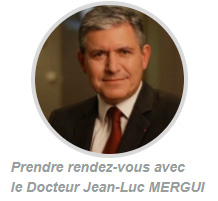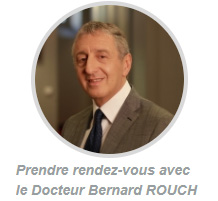Today breast cancer is the number one female cancer, though it may well be overtaken by lung cancer in the future. The frequency and the seriousness of this cancer certainly justify the multi-initiative approach taken by the medical community. Mass detection is one of these initiatives. However no prevention method as yet exists that can prevent the development of breast cancer.
What is at stake here is secondary prevention, that is to say detecting breast cancer in its earliest possible stages of development so as to improve the treatment results.
Today in France, two systems of breast cancer detection exist:
- case by case mammograms as prescribed by a health professional, called spontaneous detection.
organised detection where women between the ages of 50 and 74 are encouraged to have a mammogram every 2 years. The mammogram is read by 2 radiologists (one who performed the mammogram and one other who does not know the patient)
Breast ultrasound scans are also used so as to best identify any clinical or radiological abnormality.
Widely advertised detection programs in Europe and in the United States of America appear to suggest that the benefits associated with detection outweigh the disadvantages (with the caveat of a quality control evaluation).
One situation deserves highlighting and that is those patients who have a high risk of breast cancer such as: those who carry a mutation of the gene BRCA 1 and BRCA 2 and
those who have a family history of cancer. In these cases there can also be benefits from an annual MRI breast scan.
For those patients with a BRCA gene mutation, there are certain situations when a prophylactic mastectomy (also called a risk reducing mastectomy where the whole breast is removed) can be a cancer solution. This would be a situation where the decision would be taken in concert with the members of the ICM team and the patient. These patients require oncogenetic specialist experience so that the appropriate risks are calculated for each individual case.


